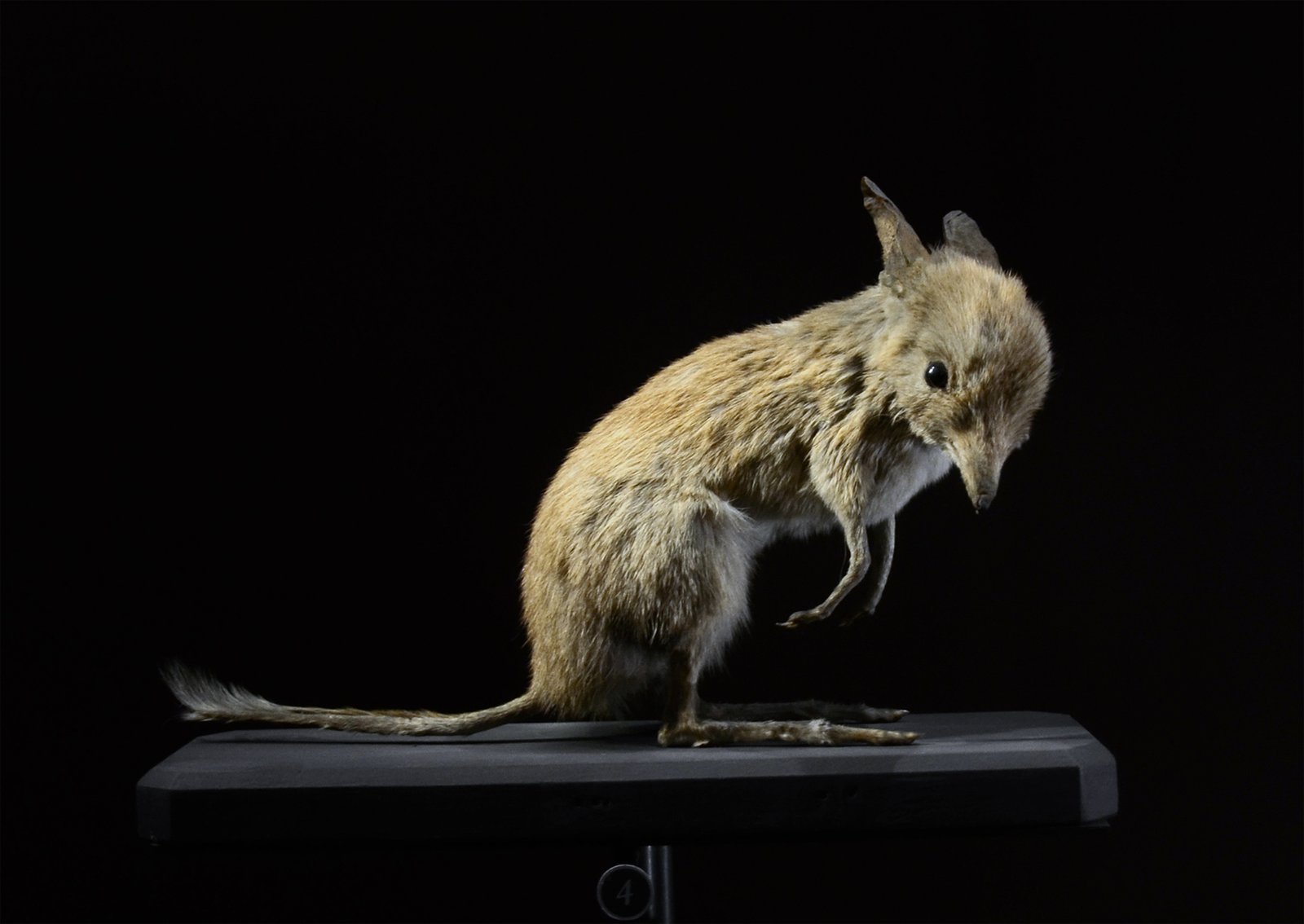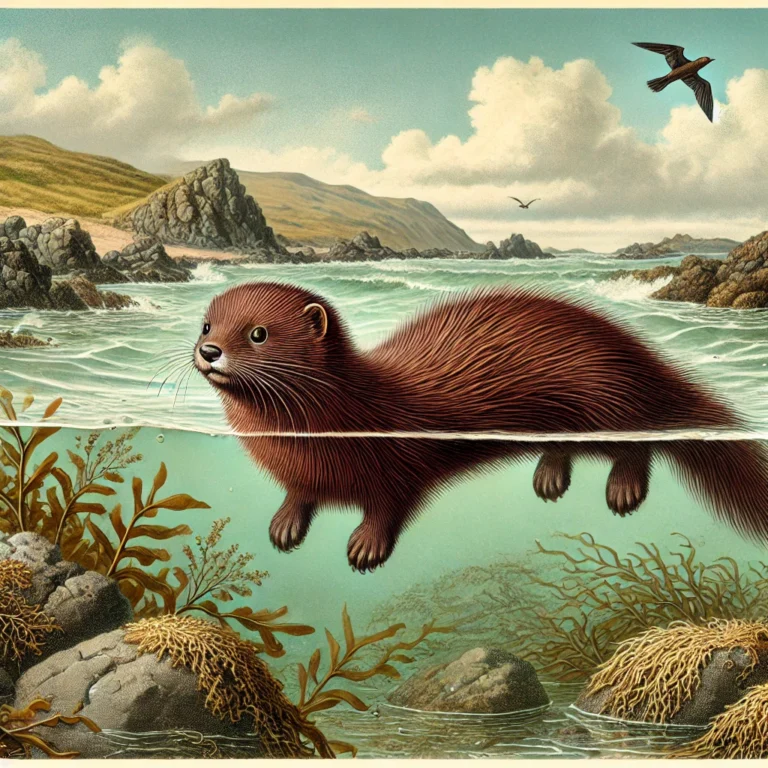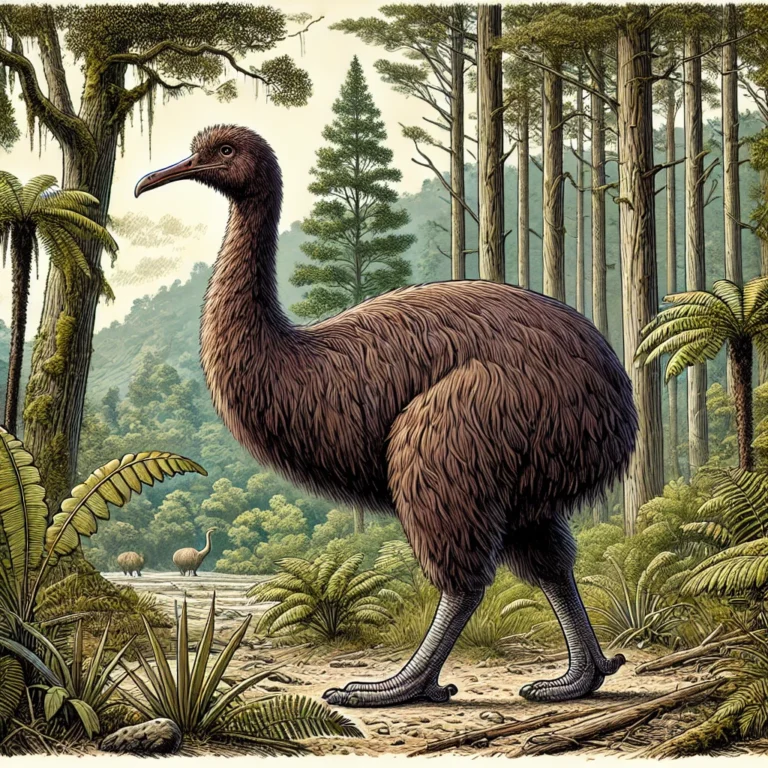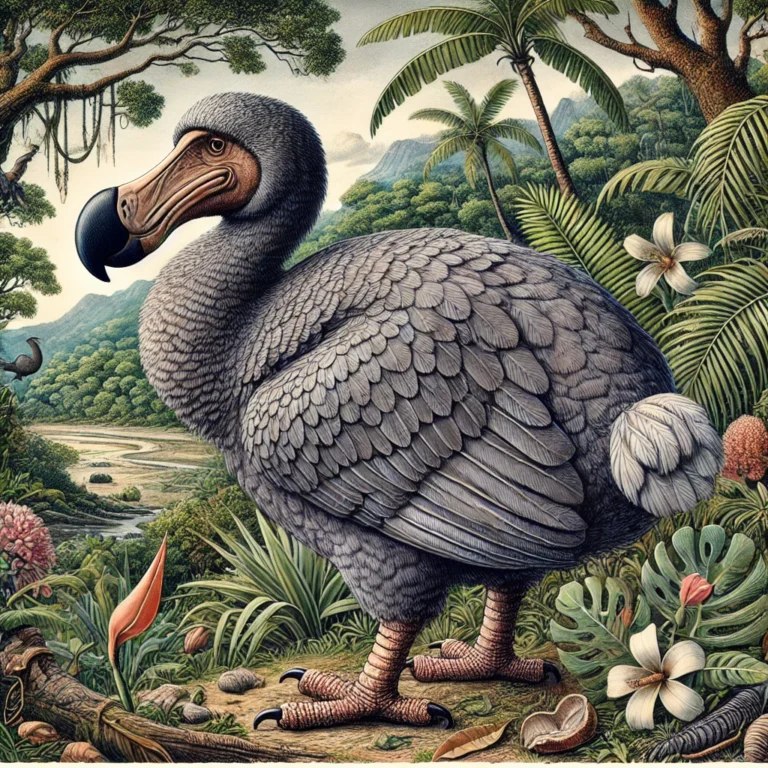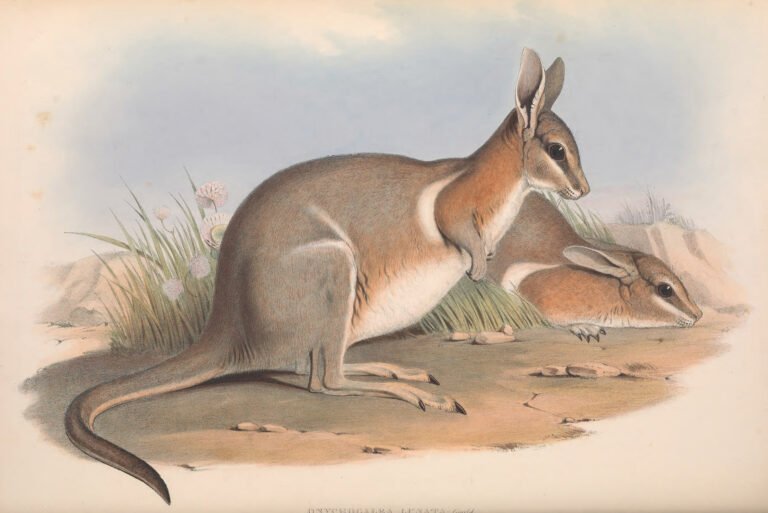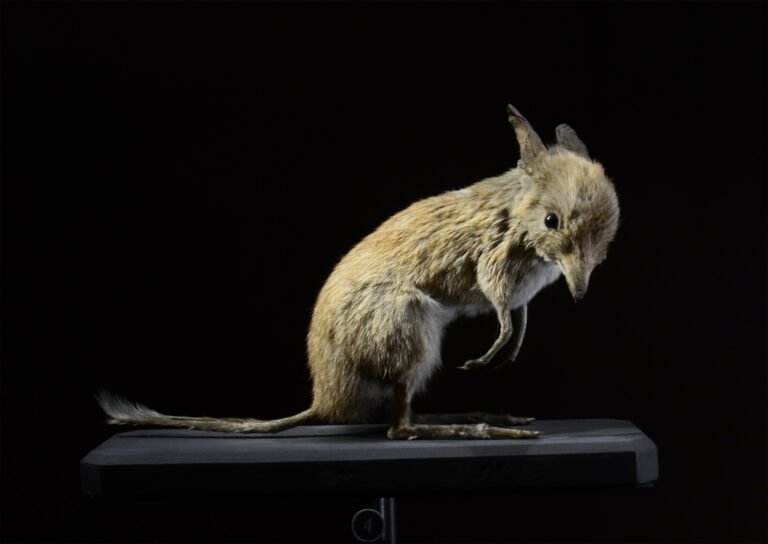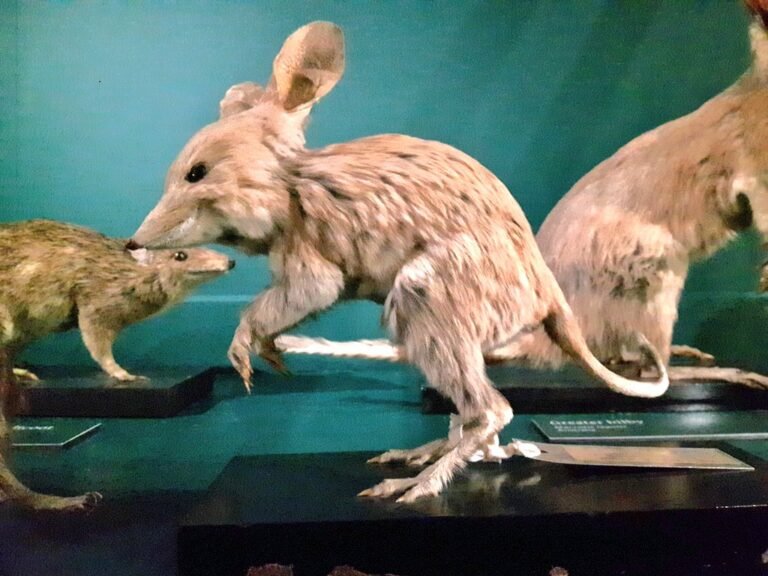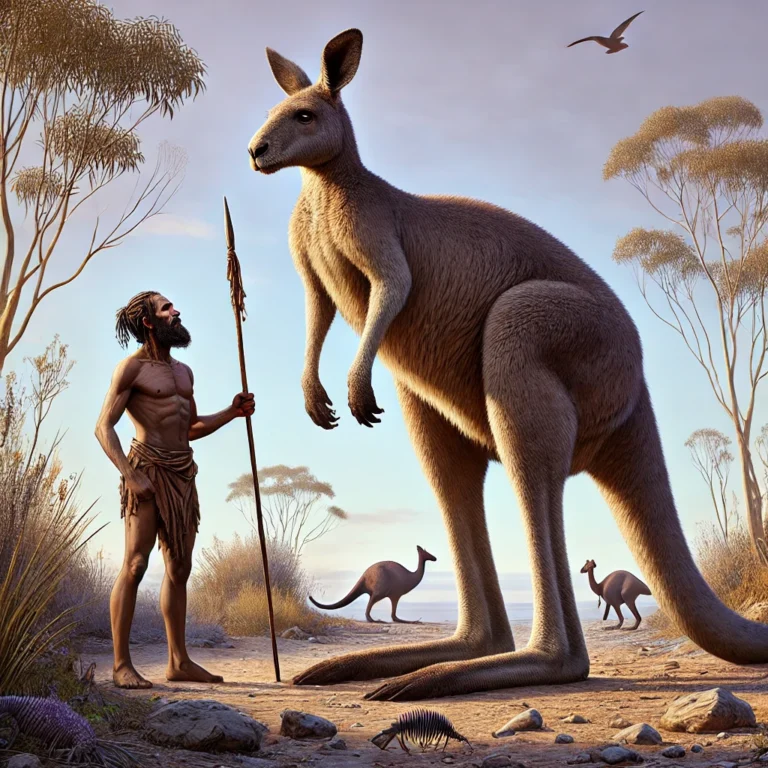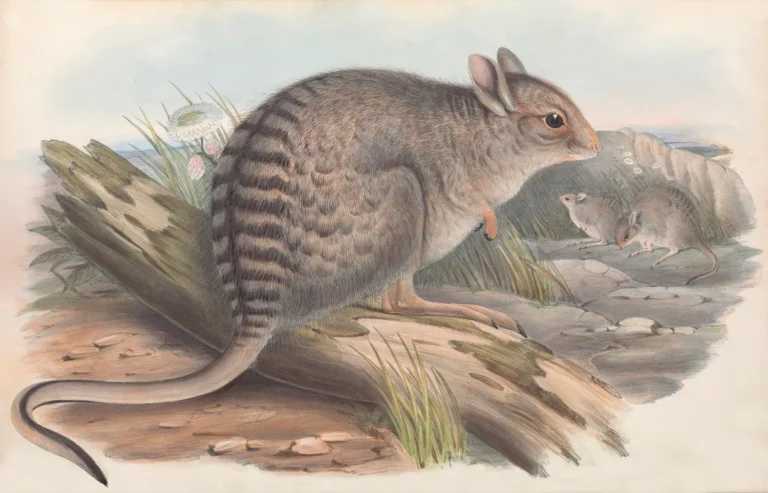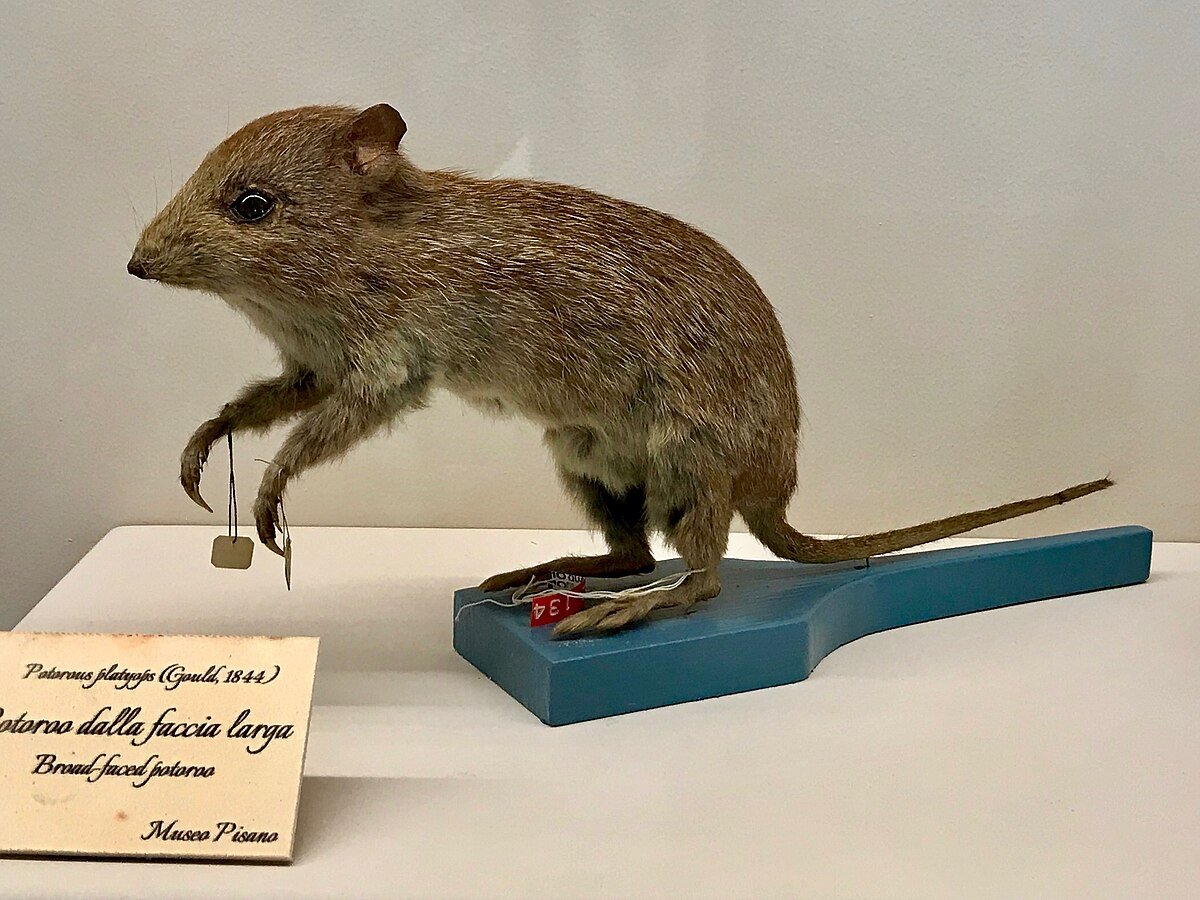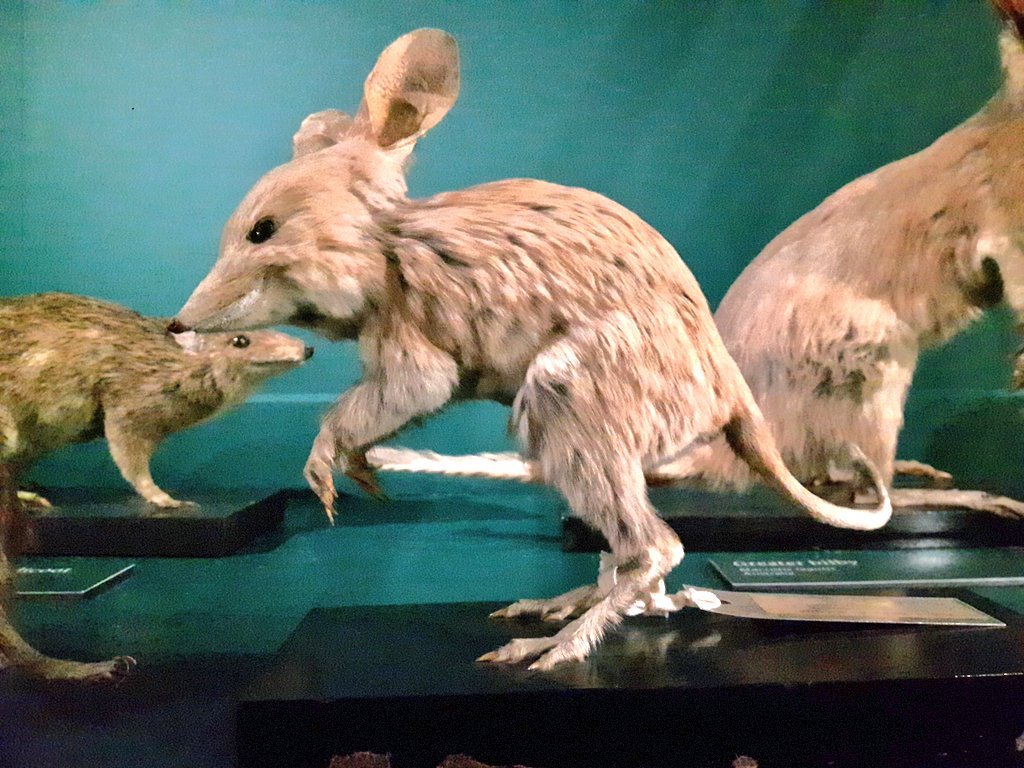Rediscovering the Pig-Footed Bandicoot: An Australian Enigma
Introduction:
The Pig-Footed Bandicoot, scientifically known as Chaeropus ecaudatus, was a small marsupial native to Australia. Characterized by its unique feet, which resembled those of a pig, this bandicoot was adapted to a variety of habitats, from grasslands to arid regions. Unfortunately, due to habitat destruction, predation by introduced species, and changes in land use, the Pig-Footed Bandicoot was declared extinct in the mid-20th century. Its extinction highlights the delicate balance of Australia’s ecosystems and the impact of human activities.
Facts:
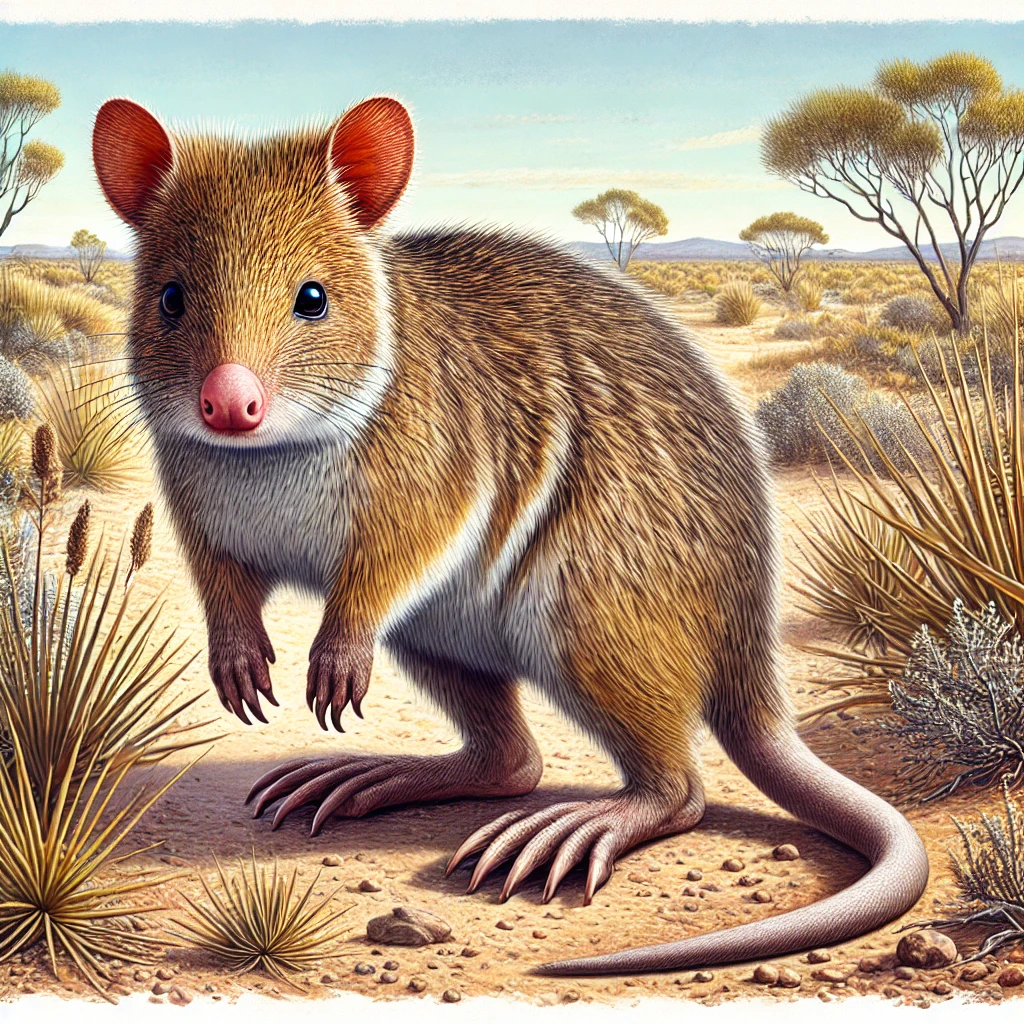
| Attribute | Details |
|---|---|
| Scientific Name | Chaeropus ecaudatus |
| Common Names | Pig-Footed Bandicoot |
| Year Declared Extinct | Mid-20th century |
| Kingdom | Animalia |
| Phylum | Chordata |
| Class | Mammalia |
| Order | Peramelemorphia |
| Family | Chaeropodidae |
| Genus | Chaeropus |
| Species | C. ecaudatus |
| Natural History and Origin | Native to the grasslands, woodlands, and arid regions of Australia |
| Physical Information | Small size, about 23-26 cm in body length |
| Appearance | Light brown fur, long snout, and unique pig-like feet |
| Scientist Names | Described by early European explorers and naturalists |
| Region | Australia, particularly in the southern and central regions |
Appearance:
The Pig-Footed Bandicoot was a small marsupial, measuring about 23-26 cm in body length with a similarly sized tail. It had light brown fur, a long snout, and unique feet that resembled those of a pig. Its front feet had two toes with hooves, while its hind feet were more adapted for hopping, resembling those of a kangaroo. This unique adaptation gave it an unusual gait and made it well-suited for a variety of terrains.
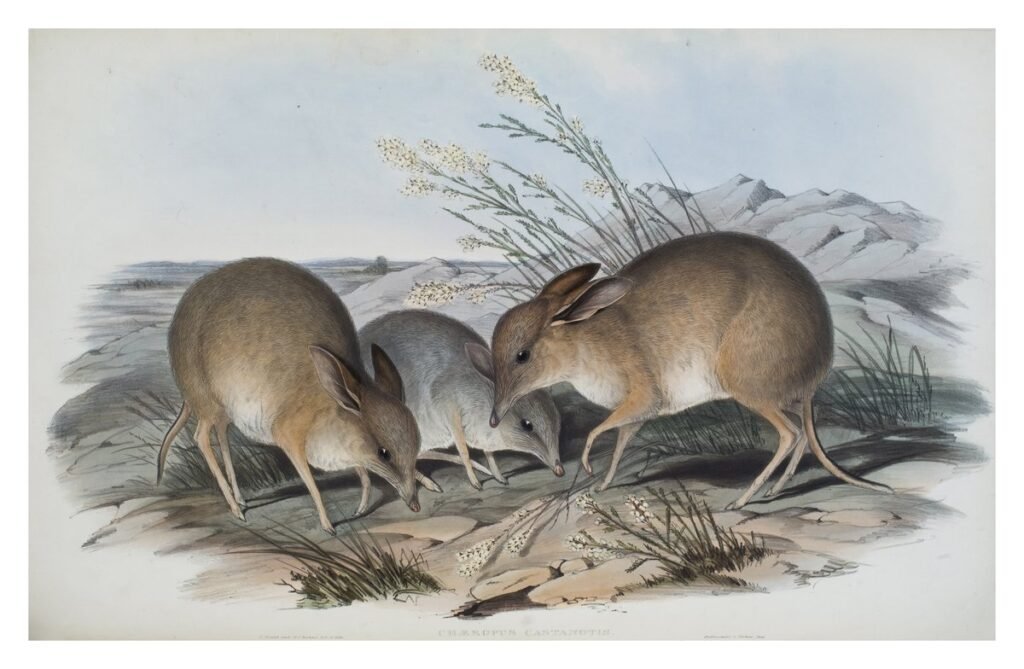
Distribution:
Historically, the Pig-Footed Bandicoot was found across a range of habitats in southern and central Australia, including grasslands, open woodlands, and arid regions. It thrived in areas with sparse vegetation, where it could find food and shelter.
Habits and Lifestyle:
The Pig-Footed Bandicoot was primarily nocturnal, foraging for food during the night and resting in shallow nests during the day to avoid the heat. It was a solitary animal, although it might have interacted with other individuals during the breeding season. The bandicoot’s diet consisted mainly of plant material, insects, and small invertebrates, which provided the necessary nutrients for survival in its diverse habitats.
Physical Characteristics:
The Pig-Footed Bandicoot had several adaptations suited to its environment. Its light brown fur provided camouflage against the sandy and grassy terrain, helping it avoid predators. The long snout was used for rooting through soil and leaf litter to find food. The unique pig-like front feet were adapted for digging, while the hind feet allowed for efficient movement across various terrains.
Diet and Nutrition:
As an omnivore, the Pig-Footed Bandicoot fed on a variety of plant materials and small animals, including roots, tubers, seeds, insects, and other invertebrates. These food sources provided essential nutrients and moisture, which were vital for hydration in arid environments. The bandicoot’s foraging habits played a role in the ecosystem by aiding in seed dispersal and soil aeration.
Behavior:
Pig-Footed Bandicoots exhibited solitary behavior, with each individual maintaining its own territory. They communicated through scent markings and vocalizations, which helped establish boundaries and attract mates. During the breeding season, males and females would come together to mate, but otherwise, they led largely independent lives. The bandicoot’s nocturnal activity helped it avoid predators and the extreme daytime temperatures of the desert.
Cause of Extinction:
The extinction of the Pig-Footed Bandicoot in the mid-20th century was primarily due to habitat destruction, predation by introduced species such as foxes and cats, and changes in land use due to agriculture and grazing. These factors led to a significant decline in the bandicoot population, as they had no natural defenses against the new predators and their habitat was increasingly fragmented and destroyed. By the time conservation efforts were considered, it was too late to save this unique marsupial.
FAQs:
| Question | Answer |
|---|---|
| What led to the extinction of the Pig-Footed Bandicoot? | Habitat destruction, predation by introduced species, and changes in land use. |
| When did the Pig-Footed Bandicoot go extinct? | The mid-20th century. |
| What did the Pig-Footed Bandicoot eat? | It fed on roots, tubers, seeds, insects, and other invertebrates. |
| Why is the Pig-Footed Bandicoot significant? | It highlights the impact of human activities on Australia’s unique ecosystems and the importance of conservation efforts. |
| Are there efforts to study the Pig-Footed Bandicoot? | Ongoing research aims to understand its ecology and the factors leading to its extinction. |
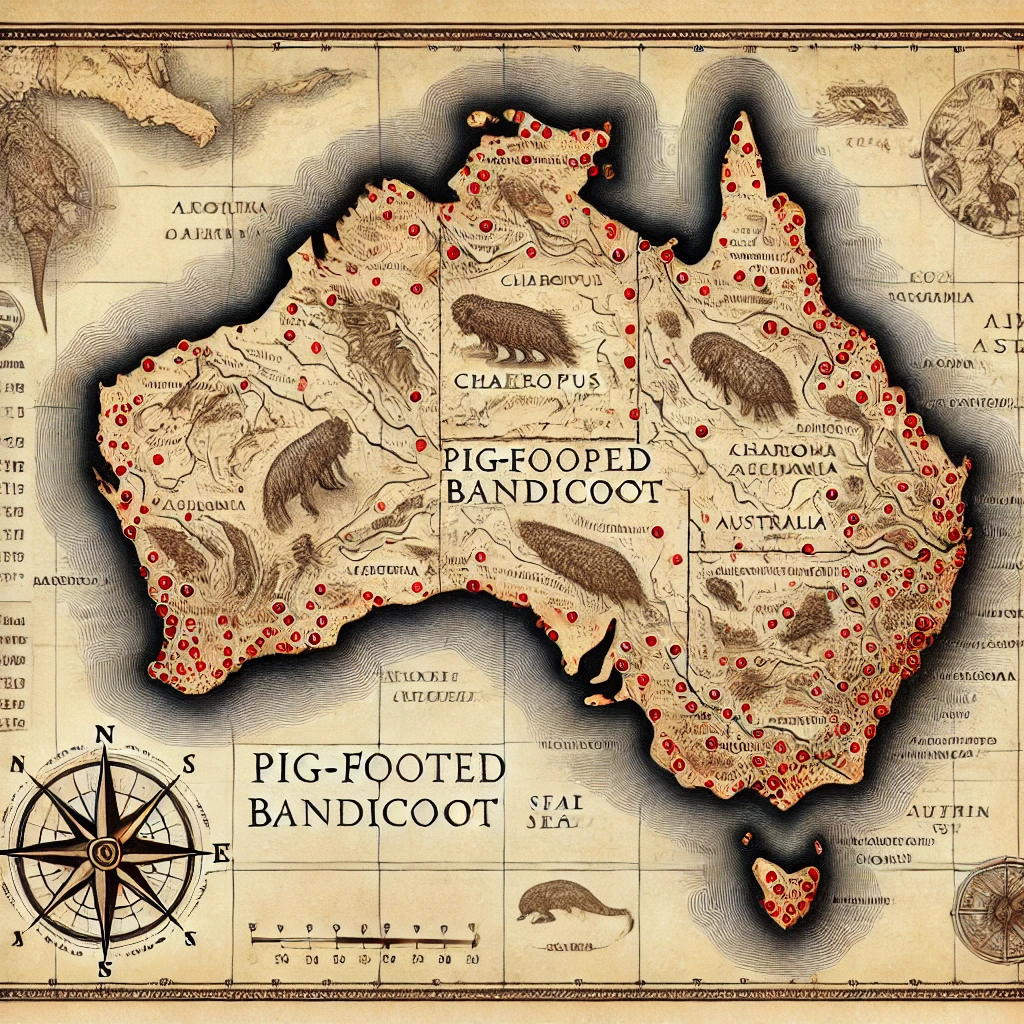
Categories:
- Extinct Mammals
- Australian Wildlife
- Conservation Efforts
- Arid Ecosystems
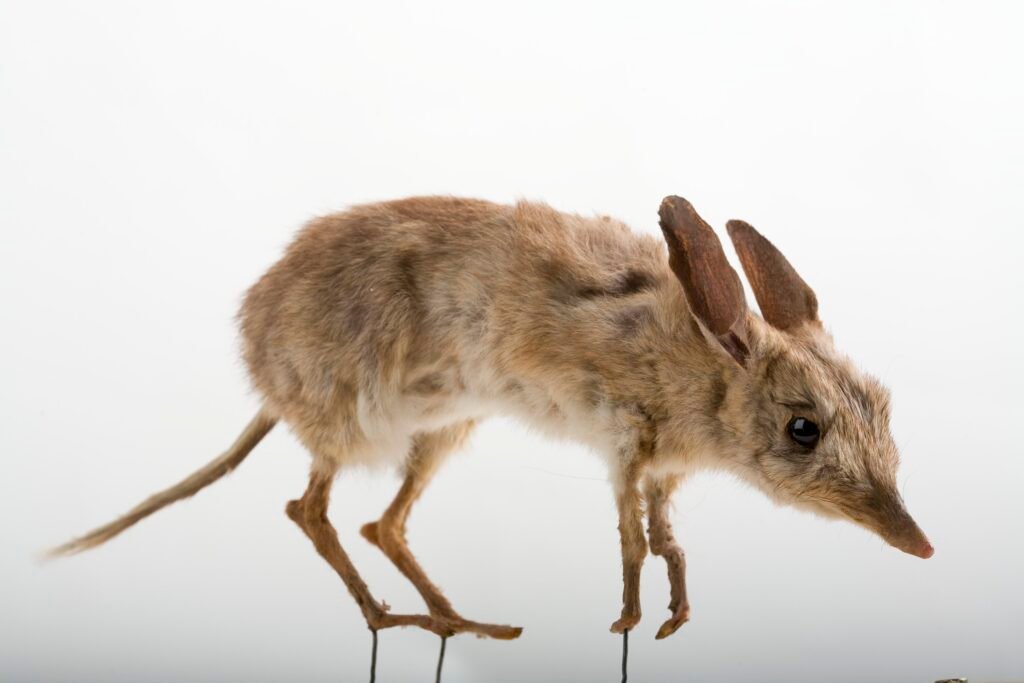
These details should provide a comprehensive overview of the Pig-Footed Bandicoot, ideal for educational and conservation-focused content on your website.
Views: 6
